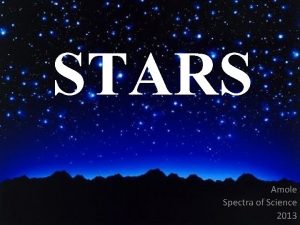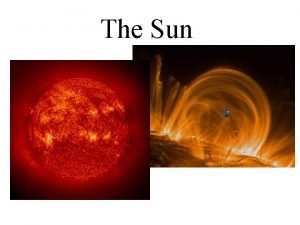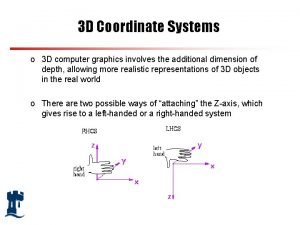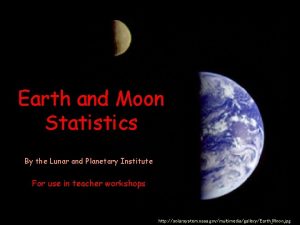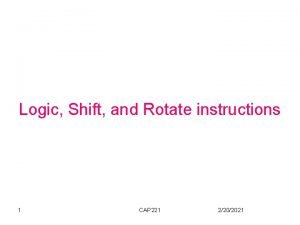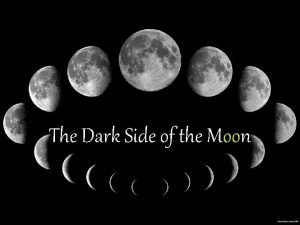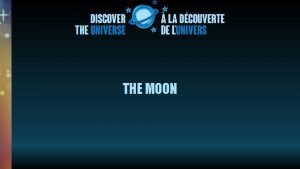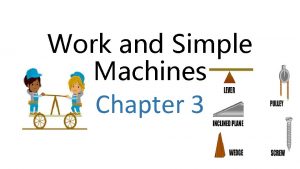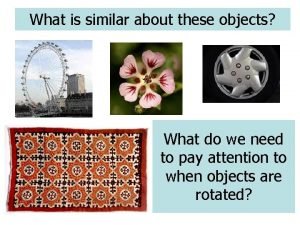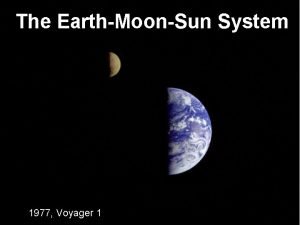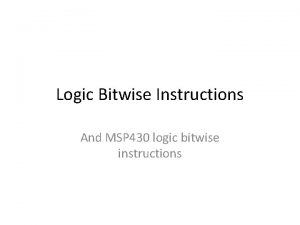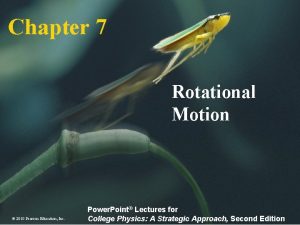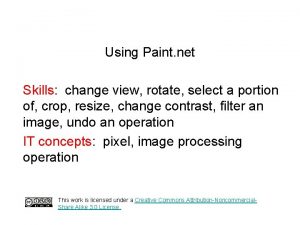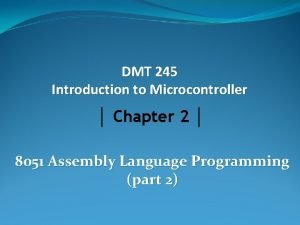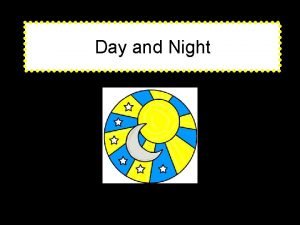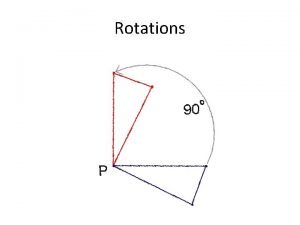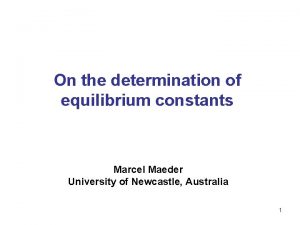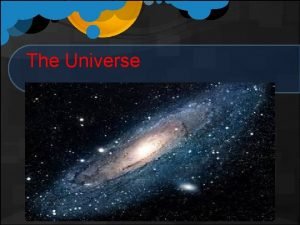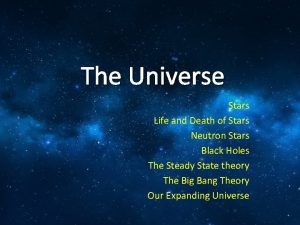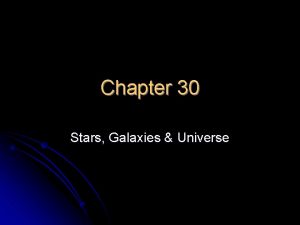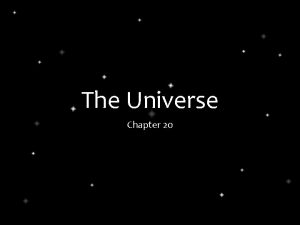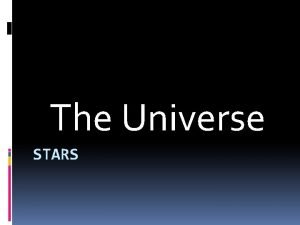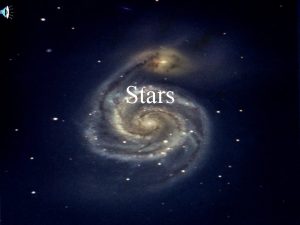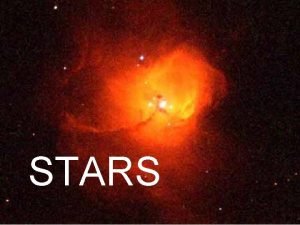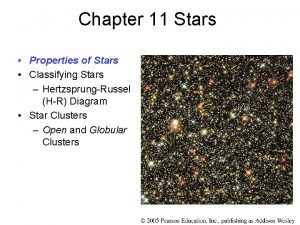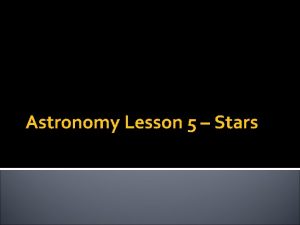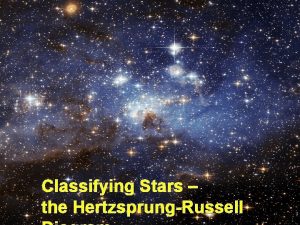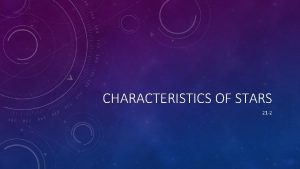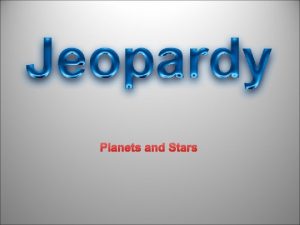Stars rotate throughout the Universe A Maeder G






































- Slides: 38

Stars rotate throughout the Universe A. Maeder & G. Meynet

Old… … but quite topical nowadays Link between Long GRB and Hypernova confirmed Hjorth et al. 2003 Star deformation due to its fast axial rotation Dominiciano de Souza et al. 2003

OBSERVATIONAL EVIDENCES FOR MIXING • Extended cluster MS Maeder, 76; Mermilliod et al. 93 • ON stars Walborn, 76, 2002; Heap & Lanz 2003 • Fast rotators with He, N excesses Lyubimkov 91 -98; Daflon et al. 99, 01 Herrero et al. 92; Villamariz et al. 02 • He, N excesses in B, A, F supergiants Gies & Lambert 92; Lennon 92, 2002 Venn 95, 2002 Venn and Przybilla 2003 • Strong He, N excess in SMC supg. Venn 95, 2002 • He, N excesses in SN 1987 A Fransson et al. 89 • Boron depletion in rotating B-stars Fliegner et al. 96; Venn et al. 96, 2002 • Transition WN/WC stars • Blue/ Red supergiant ratios at various Z Langer 91; Crowther 95, 02; Morris et al. 99 Langer & Maeder 96;

PHYSICS OF ROTATION • Oblatness (interior, surface) • New structure equations • • • Shellular rotation Meridional circulation Shear instabilities + diffusion Horizontal turbulence Advection + diffusion of angular momentum • Transport + diffusion of the chemical elements • Increase of the mass loss by rotation • Anisotropic losses of angular momentum Pinsonneault, Sofia, Langer Talon & Zahn Heger & Woosley Charbonnel & Palacios Denissenkov etc…

STRUCTURE cf. Kippenhahn & Thomas ‘ 70 The equation scheme may be written with some modifications for Meynet & Maeder ‘ 97 SURFACE DISTORSIONS CHANGE OF Teff

Cells of meridional circulation GRATTONÖPIK CELL Zahn 1992 Maeder & Zahn 1998.

Evolution Meridional circulation Shear mixing Horizontal turbulence Gradients of Transport of the chemical species Transport of the angular momentum Advection ! Diffusion !

WHY MIXING IN MASSIVE STARS ? FOR HIGH M MIXING TIME < MS TIMESCALE

WIND THEORY IN ROTATING STARS Maeder, 1999 iso mass loss For stellar formation also Short shell ejection

van Boekel et al. 2003

The present wind around Eta Carinae is elongated along a direction aligned with the Homunculus Nebula Smith et al. 2003 also indicate latitude dependent wind velocity, with the highest velocities near the poles Support polar enhanced mass loss. Eta Carinae should rotate at about 90% of the break-up velocity

Idem with Teff =25000 K

Stellar winds Transport Contraction/expans Z=0. 02 ion Z=0. 00001 More mixing at lower Z due compactness and smaller Gratton-Öpik circulation Meynet & Maeder 2002

From 19 clusters in Galaxy, LMC & SMC Is this a general trend ? What at Z = 0 ? Maeder, Grebel, Mermilliod 1999

When rotation is accounted for, the ages are found 25 % larger. Pleiades: reconcile with age from Li depletion in low M stars. Martin et al. 1998

B/R PROBLEM Lots of RSG observed at low Z, but current models predict none. B/R ~ 50 Langer & Maeder, ‘ 95 Models with rotation are OK with B/R = 0. 5– 0. 8 in SMC cf. Maeder & Meynet 2001

Y with rotation With rotation: - Larger core - More He in shell - H shell less active - no intermed. conv. zone Mr/Msun RSG


300 km/s Z=0. 020 200 km/s N/C grows during the MS, even for early B stars (Lyubimkov 1996) OK with B, A supergiants (Gies & Lambert 1992; Lennon 1994; Venn 1998)

O-type stars in the SMC Nine of 17 Otype stars show a surface enrichment in N up to a solar level, [N]=7. 92. Heap and Lanz 2003

Max/ini N/H =40 Venn & Przybilla 2003

9 Msol When Z Surface enrichments

NITROGEN HII regions Pagel 1997 Garnett 1990 Metal-poor dwarfs of the Solar neighborhood Pettini et al 2002 Carbon et al. 1987 DLA

This mechanism works best in intermediate mass stars -steeper rotation profile - H- and He shells are closer Z=0. 00001 N S-process reinforced 14

Increase of primary N production when rotation increases


AT LOW Z: HUGE AMOUNTS OF PRIMARY N For Z=0. 004 and Z=0. 020, nearly no primary N

Rotating models

Israelian et al. 2004

Log (C/O) vs 12+Log(O/H) for extragalactic HII regions and stars What is the cause of the change of slope ? Intermediate mass stars ? From Henry et al 2000 HII regions from Garnett et al. 95, 97, 99 Izotov and Thuan 99 Kobulnicky and Skillman 88 Stellar data from Gustafsson et al 99 Gummersbach et al. 98 Tomkin et al 92 High metallicity massive stars ?

NUMBER RATIOS OF MASSIVE STARS IN NEARBY GALAXIES GALAXY Z WR/O WC/WR M 31 6 -7. 5 -9 9. 5 -11 M 33 LMC 6822 SMC 1613 0. 035 0. 029 0. 020 0. 013 0. 006 0. 005 0. 002 0. 24 0. 21 0. 104 0. 033 0. 06 0. 04 0. 02 0. 017 0. 02 0. 44 0. 55 0. 48 0. 33 0. 52 0. 20 -0. 11 RSG/WR 1. 7 -~1 -~4 -8. 3 -- !

Maeder 92 Weak winds (low Z) Ejecta rich in Z= 0. 001 16 O 40 Msol, Z=0. 001 4 He 12 C 4. 24 0. 55 16 O 6. 80 Z 9. 71 Strong winds (high Z) Ejecta rich in 4 He and Z= 0. 020 12 C 40 Msol, Z=0. 020 4 He 12 C 6. 10 4. 88 16 O Z 2. 08 8. 01

More recent works favours massive stars as the source of carbon at high metallicity Gustafsson et al. 1999 ``Our results are consistent with carbon enrichment by superwind of metal-rich massive stars but inconsistent with a main origin of carbon in low mass stars’’ Carigi 2000 ``In the solar vicinity, the increase of C/O with Z is due to massive stars alone. ’’

YIELDS with rotation and mass loss Mass fractions ejected Hirschi et al. 2004

Yields in 12 C Models with rotation produce much more Carbon

Prantzos 2003 See also Carigi 2003; Chiappini et al. 2003 Rotating massive stars ~ AGB stars, but synthetic models…

C/O versus O/H Behaviour at low metallicity depends on the mass range not so much on rotation

FINAL MASSES
 Star temperature chart
Star temperature chart There are millions of stars in space
There are millions of stars in space Sun fact sheet
Sun fact sheet Fast does the earth rotate
Fast does the earth rotate Rotate about y axis
Rotate about y axis Moon stats
Moon stats Which bird can rotate its neck backwards to a large extent
Which bird can rotate its neck backwards to a large extent Rotate instructions
Rotate instructions The moon's rotation
The moon's rotation Does the moon rotate
Does the moon rotate Reflect translate rotate
Reflect translate rotate How do you calculate mechanical advantage
How do you calculate mechanical advantage Rotate 90 degrees counterclockwise
Rotate 90 degrees counterclockwise Fast does the earth rotate
Fast does the earth rotate Rotate left through carry
Rotate left through carry Pico 8 rotate sprite
Pico 8 rotate sprite Front wheel tire rotation
Front wheel tire rotation Two coins rotate on a turntable
Two coins rotate on a turntable Paint.net rotate image
Paint.net rotate image Rotate image gfg
Rotate image gfg Caused by the tilting of the earth’s axis
Caused by the tilting of the earth’s axis Flag register of 8051 microcontroller
Flag register of 8051 microcontroller Revolve vs rotate
Revolve vs rotate 90 degree rotation
90 degree rotation Squid log rotate
Squid log rotate Vẽ hình chiếu vuông góc của vật thể sau
Vẽ hình chiếu vuông góc của vật thể sau Quá trình desamine hóa có thể tạo ra
Quá trình desamine hóa có thể tạo ra Công thức tính thế năng
Công thức tính thế năng Thế nào là mạng điện lắp đặt kiểu nổi
Thế nào là mạng điện lắp đặt kiểu nổi Hình ảnh bộ gõ cơ thể búng tay
Hình ảnh bộ gõ cơ thể búng tay Dot
Dot Vẽ hình chiếu đứng bằng cạnh của vật thể
Vẽ hình chiếu đứng bằng cạnh của vật thể Phản ứng thế ankan
Phản ứng thế ankan Các môn thể thao bắt đầu bằng tiếng chạy
Các môn thể thao bắt đầu bằng tiếng chạy Gấu đi như thế nào
Gấu đi như thế nào Sự nuôi và dạy con của hươu
Sự nuôi và dạy con của hươu điện thế nghỉ
điện thế nghỉ Nguyên nhân của sự mỏi cơ sinh 8
Nguyên nhân của sự mỏi cơ sinh 8 Một số thể thơ truyền thống
Một số thể thơ truyền thống
